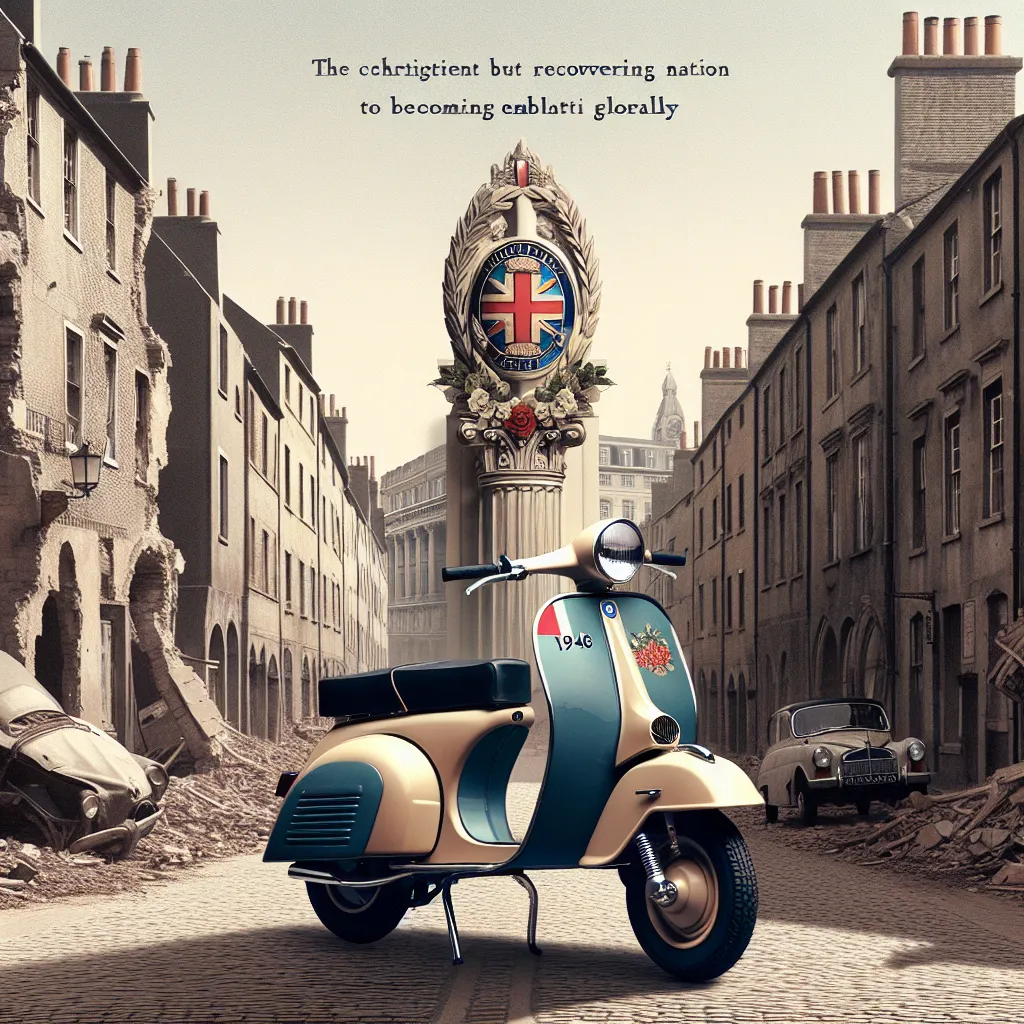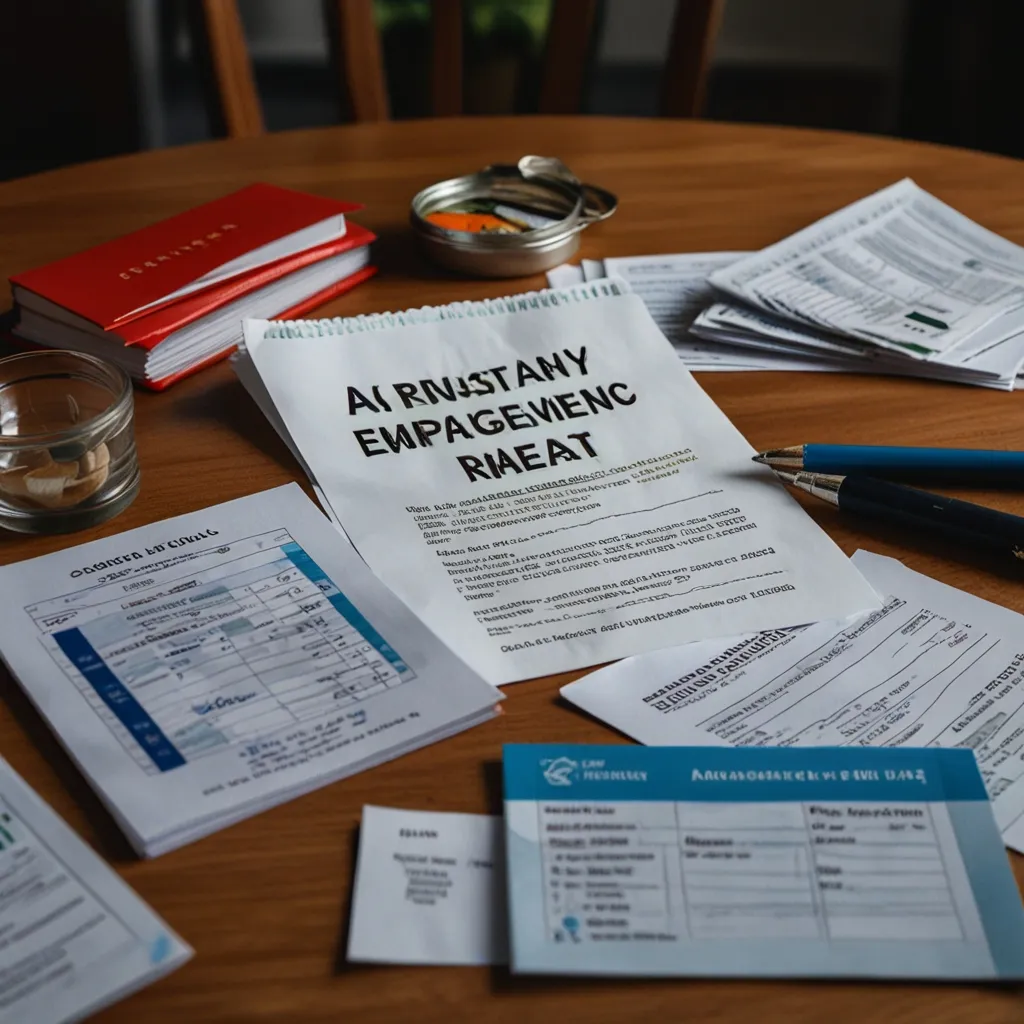Vespa: From War-Torn Italy to Global Icon
Vespas are undeniably stylish and can be seen buzzing through the streets of cities worldwide. What you might not know is that this iconic scooter was born in the chaos of post-World War II Italy. After the devastation of the war, Italy was in ruins, its infrastructure bombed out, and its economy in shambles. The nation had surrendered to the Allies in 1943, was occupied by Germany, and became a battlefield that left massive scars.
By 1946, Italy’s government was too overwhelmed to revive its industries. The rest of the world was bouncing back, with consumer goods like gas-powered cars flooding the market. In contrast, Italy couldn’t afford such luxuries; the country had no funds or infrastructure to support a transition to peacetime production.
Enter Enrico Piaggio, a smart and resourceful industrialist. His family’s company had been making locomotives before the war but had switched to producing military aircraft. The Allied bombing campaigns destroyed Piaggio’s factory, leaving Enrico in desperate need of a pivot. With Italy’s roads in terrible condition, he needed something sturdy and versatile for transportation.
During the war, Enrico had seen American Cushman scooters used by soldiers. They were practical for quickly getting around, but their design was basic and uninspiring. Enrico wanted more than just utility; he aimed to create a vehicle that would symbolize Italy’s revival. Unemployed due to post-war bans on military development, Italy’s talented engineers were ready for new challenges. Enrico hired one such engineer who had a background in helicopters, applying aircraft principles to make a robust but affordable scooter.
When Enrico saw the prototype, its design reminded him of a wasp, or “Vespa” in Italian. By spring 1946, the first Vespas hit the market. The initial year saw 2,500 units sold, with numbers growing exponentially thereafter. By the end of the decade, 60,000 Vespas were zipping around. The scooter’s sleek aesthetic and reliable performance soon made it a staple across Italy. The word “vespare” even became slang for riding a Vespa.
The Vespa’s charm didn’t just stay within Italy’s borders. In 1948, Enrico began exporting to India, capturing a massive market. The 1953 film “Roman Holiday” featuring Audrey Hepburn riding a Vespa in Rome, turned the scooter into an American sensation, leading to over 100,000 units sold due to the movie alone. In London, the Vespa became central to the Mod subculture, symbolizing youthful rebellion and freedom.
The Vespa remains a global symbol of style and ingenuity. Enrico Piaggio’s dream turned a war-ravaged country’s transportation woes into an international love affair with the Vespa, proving that out of dire circumstances can come extraordinary success.






